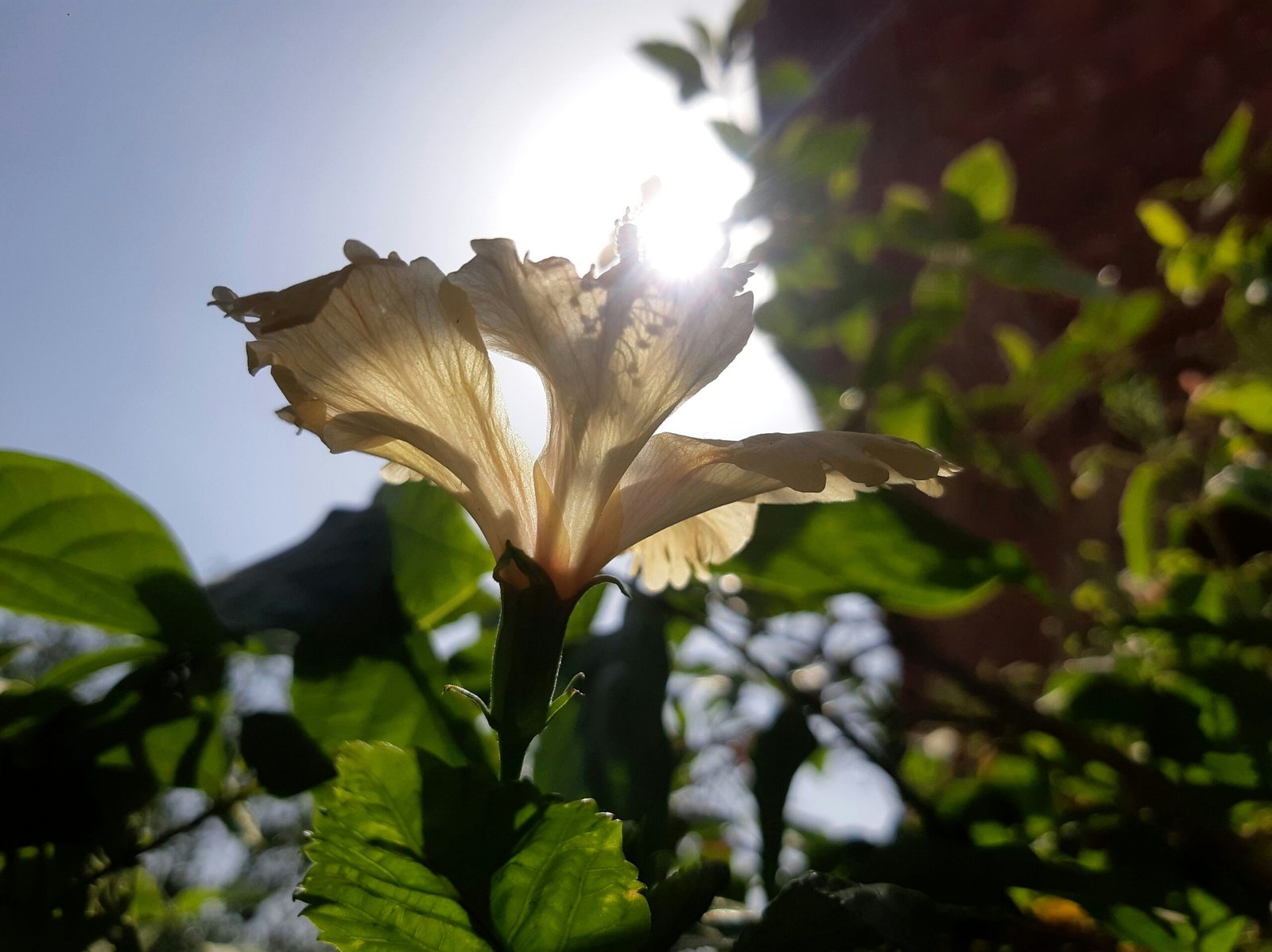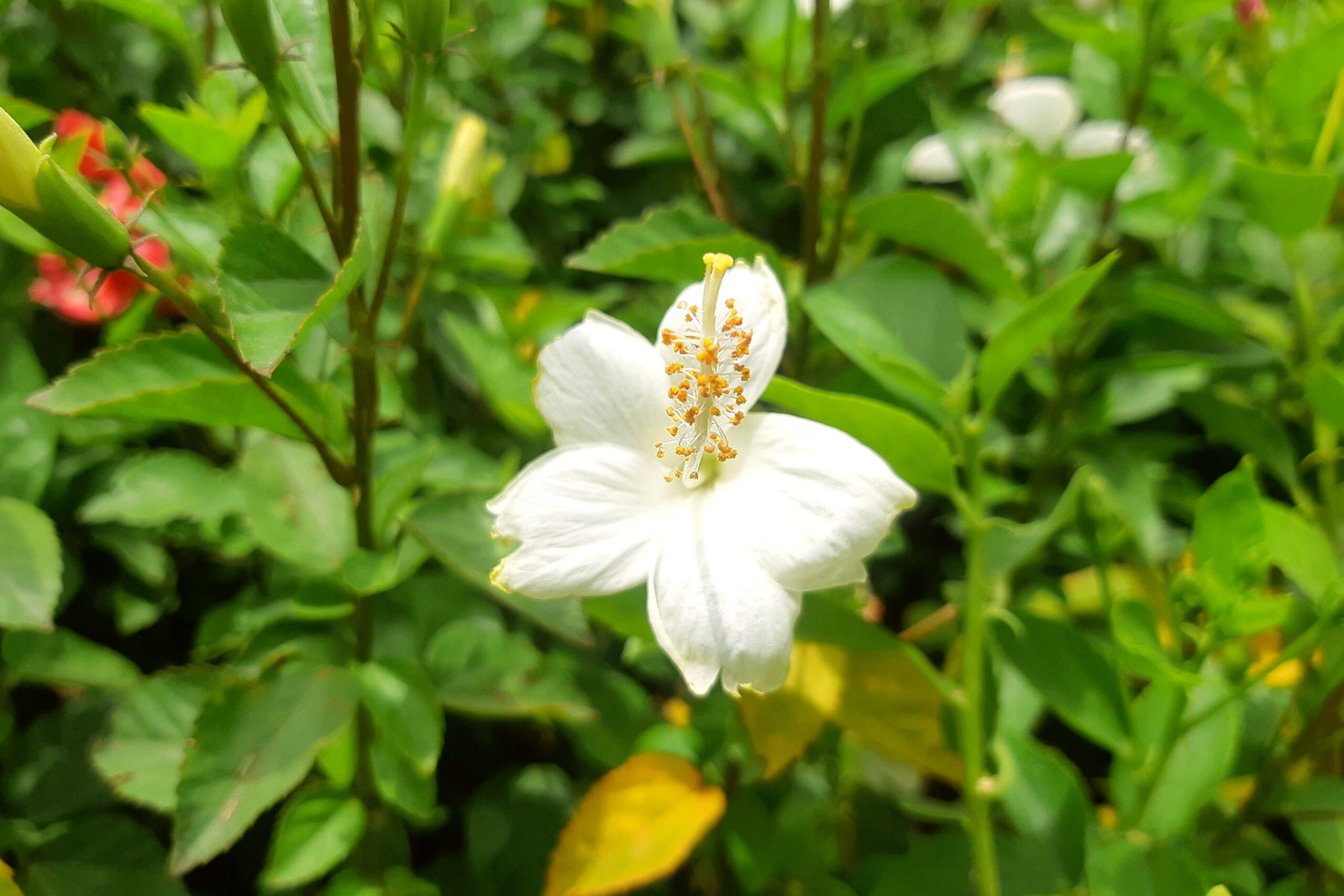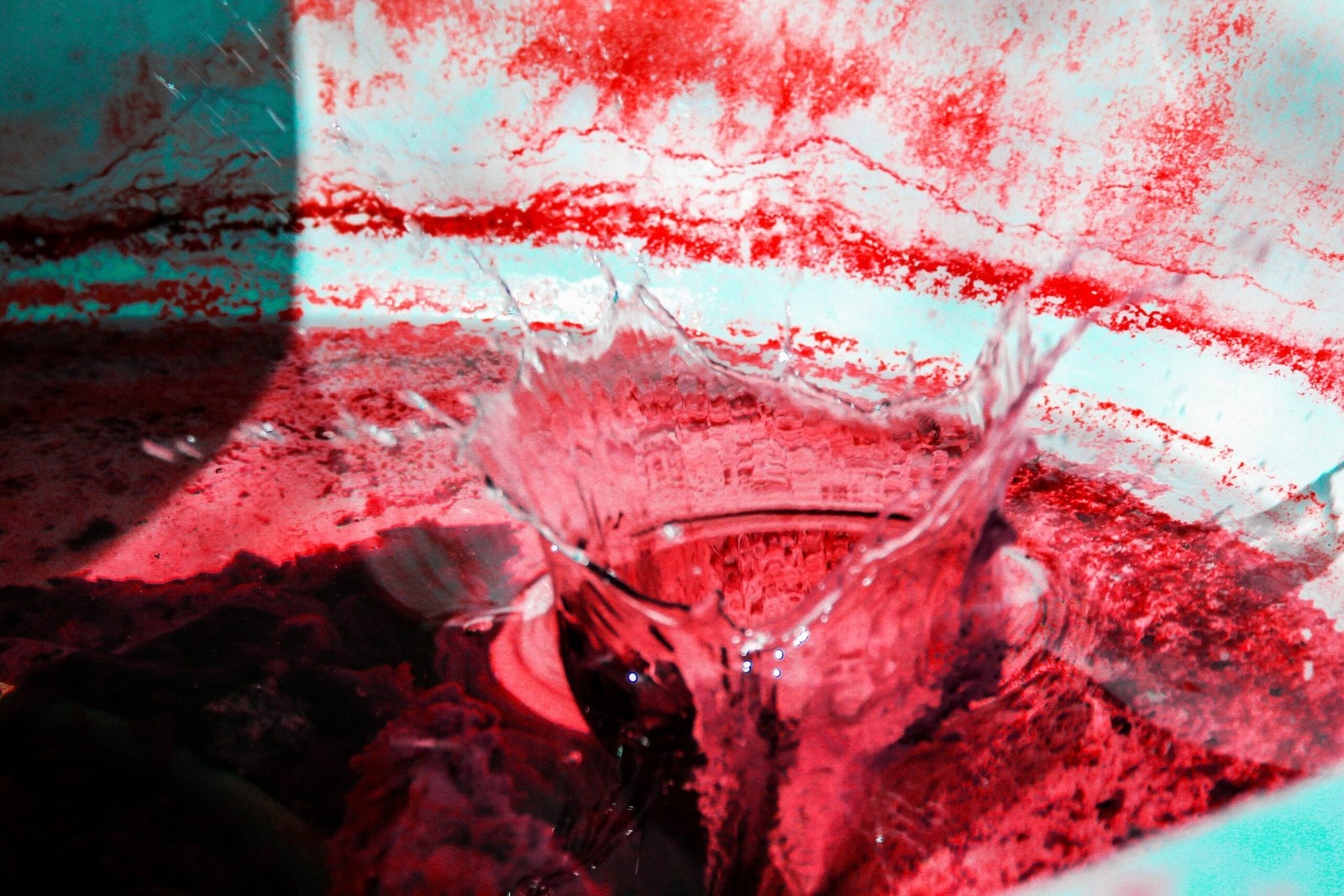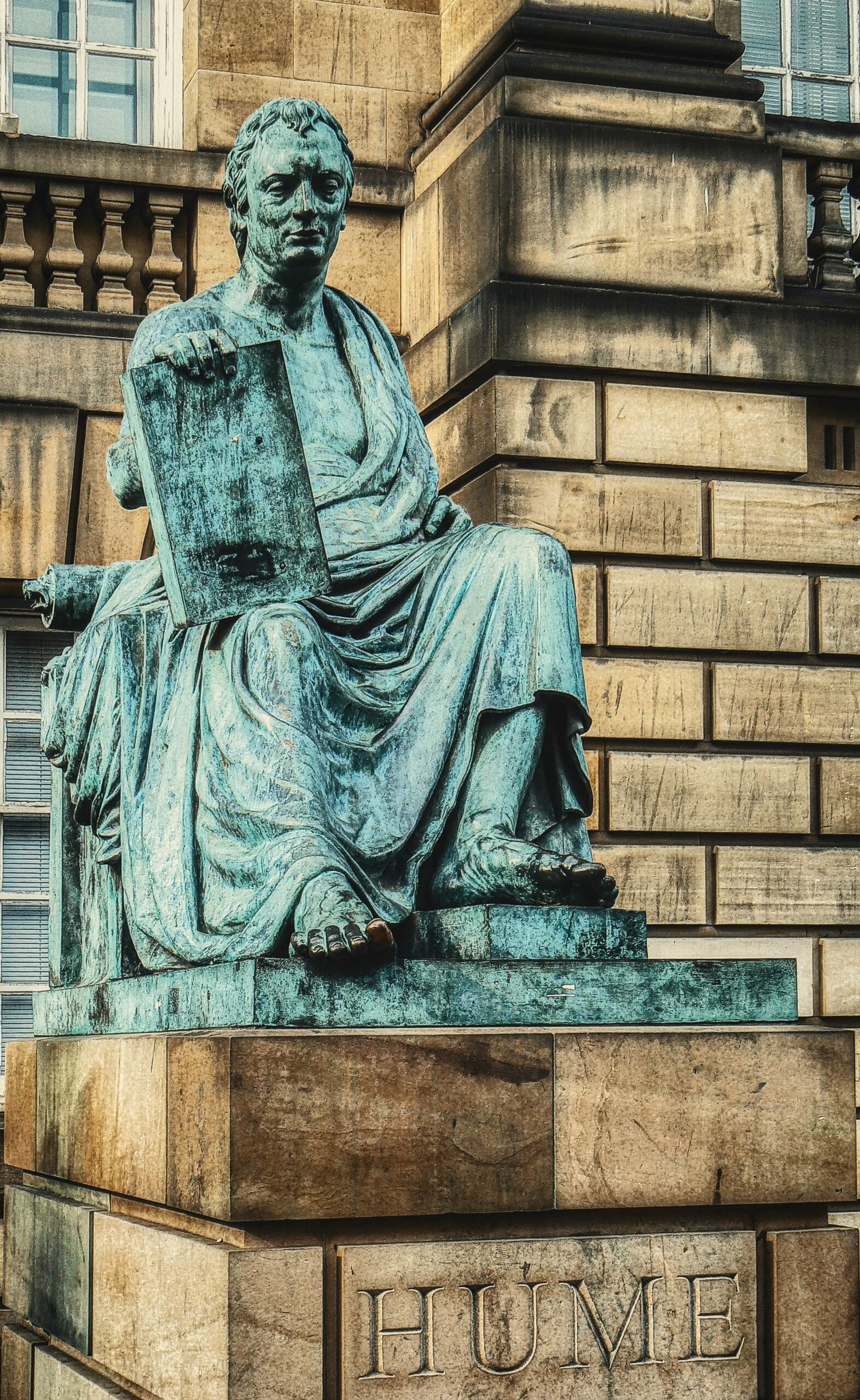Indian aesthetics is a vast and intricate subject that has been explored and celebrated for centuries. It is deeply intertwined with the philosophy and spirituality of the Indian subcontinent, reflecting the profound connection between art and life. In Indian culture, art is not merely a form of entertainment or decoration; it is a means of expressing profound truths and connecting with the divine.
The concept of beauty in Indian aesthetics goes beyond the mere visual appeal of an object. It encompasses the entire sensory experience, including sound, touch, taste, and smell. Indian philosophers and scholars have long recognized that beauty is not an objective quality that exists in the external world but is rather a subjective experience that arises within the perceiver. This understanding has led to the development of a unique approach to aesthetics that places great emphasis on the inner experience of beauty.
One of the fundamental principles of Indian aesthetics is the concept of rasa. Rasa can be roughly translated as “essence” or “flavor” and refers to the emotional and aesthetic experience that a work of art evokes in the viewer or listener. According to Indian aesthetics, a successful work of art is one that elicits a specific rasa, such as love, joy, or compassion, in the audience. The artist’s skill lies in their ability to create a harmonious combination of various elements, such as melody, rhythm, color, and form, that work together to evoke the desired rasa.
Indian aesthetics encompasses a wide range of art forms, each with its own unique characteristics and purpose. From the intricate sculptures of ancient temples to the vibrant paintings of the Mughal era, from the melodic ragas of classical music to the graceful movements of classical dance, Indian art forms offer a rich and diverse tapestry of aesthetic experiences.
One of the most well-known art forms in Indian aesthetics is classical dance. Each dance style, such as Bharatanatyam, Kathak, or Odissi, has its own distinct vocabulary of movements, gestures, and expressions. Classical dance is not merely a form of entertainment but is considered a sacred art that allows the dancer to embody and express the divine. Through intricate footwork, graceful hand gestures, and subtle facial expressions, the dancer tells stories from mythology and explores the depths of human emotions.
Another significant art form in Indian aesthetics is classical music. Indian classical music is based on a complex system of ragas and talas, which provide a framework for improvisation and self-expression. The performance of a raga involves a deep exploration of its melodic and rhythmic possibilities, allowing the musician to create a unique and evocative musical experience. Indian classical music is not merely a form of entertainment but is considered a spiritual practice that can lead to self-realization and transcendence.
In addition to dance and music, Indian aesthetics also encompasses other art forms such as painting, sculpture, literature, and architecture. Each of these art forms has its own unique beauty and purpose, reflecting the diverse cultural heritage of the Indian subcontinent.
In conclusion, Indian aesthetics is a multifaceted and profound subject that explores the nature and philosophy of beauty. It goes beyond the visual appeal of an object and encompasses the entire sensory experience. Indian art forms, such as classical dance and music, offer a rich tapestry of aesthetic experiences that connect the individual with the divine. Through the exploration of various art forms, one can gain a deeper understanding of the rich cultural heritage and philosophical traditions of India.
Indian aesthetics is a rich and complex field that encompasses a wide range of artistic expressions, including the visual arts, literature, music, dance, and theater. It draws heavily from the philosophical traditions of India, particularly the schools of thought known as Vedanta and Yoga. These philosophical traditions emphasize the interconnectedness of all things and the importance of self-realization and spiritual enlightenment.
In Indian aesthetics, the goal is not just to create beautiful art but also to use art as a means of connecting with the divine and achieving a higher state of consciousness. This is reflected in the emphasis on the emotional and spiritual impact of art. Indian philosophers believe that art has the power to transcend the limitations of the material world and touch the depths of the human soul.
One of the key concepts in Indian aesthetics is the idea of rasa, which can be loosely translated as “flavor” or “essence.” According to this concept, a successful work of art should evoke a specific emotional response, known as a rasa, in the audience. For example, a painting or a poem might evoke feelings of love, joy, or sadness. The rasa is not just a fleeting emotion but a lasting impression that lingers with the viewer or reader long after the artwork has been experienced.
The concept of rasa is closely related to the idea of bhava, which refers to the emotional states or moods portrayed in a work of art. Bhava is not just about depicting emotions but also about creating a sense of empathy and connection between the artist and the audience. Through the portrayal of Bhava, the artist seeks to awaken similar emotions in the viewer or reader, thus creating a shared experience that transcends time and space.
Another important concept in Indian aesthetics is dhvani, which can be translated as “resonance” or “suggestion.” Dhvani refers to the power of art to evoke emotions and thoughts beyond what is explicitly portrayed. It is believed that a great work of art has the ability to touch something deep within us, to awaken dormant emotions and thoughts, and to open up new possibilities for understanding and self-discovery.
In Indian aesthetics, art is not seen as a mere form of entertainment or decoration. It is seen as a powerful tool for spiritual growth and self-realization. Through the practice and appreciation of art, one can cultivate a heightened sense of awareness, a deeper understanding of oneself and the world, and a closer connection to the divine. Indian aesthetics invites us to look beyond the surface of things, to explore the depths of our own being, and to discover the beauty and truth that lie within.
The idea of rasa, which refers to the emotional response a work of art evokes, is one of the central concepts of Indian aesthetics. Rasa is considered the essence of aesthetic enjoyment and is believed to be the ultimate goal of any artistic expression. According to Indian aesthetics, there are nine rasas, each associated with a specific emotion, such as love, joy, anger, fear, and disgust.
Indian art is deeply rooted in spirituality and often draws inspiration from religious and mythological themes. It seeks to convey profound philosophical ideas and spiritual truths through symbolic imagery and metaphors. For example, in Indian classical dance, each movement and gesture is imbued with meaning and carries a deeper significance beyond its physical form.
Indian aesthetics also emphasizes the importance of aesthetics in everyday life. It encourages individuals to cultivate a sense of beauty and appreciation for the arts in all aspects of their lives, from the way they dress to the way they arrange their homes. This holistic approach to aesthetics reflects the belief that art has the power to enhance and enrich every aspect of human existence.
Furthermore, Indian aesthetics recognizes the interplay between the artist, the artwork, and the audience. It acknowledges that the experience of art is subjective and can vary from person to person. The artist’s intention, the viewer’s interpretation, and the context in which the artwork is presented all contribute to the overall aesthetic experience.
In conclusion, Indian aesthetics offers a unique perspective on the nature and purpose of art. It sees art as a means of self-expression, spiritual growth, and cultural preservation. It emphasizes the value of aesthetics in all facets of life and the emotional experience that art evokes. Through its rich philosophical and spiritual traditions, Indian aesthetics continues to inspire and influence artists and art enthusiasts around the world.
6. Painting
Painting is another important art form in Indian aesthetics, with a rich history that spans thousands of years. Indian paintings are known for their vibrant colors, intricate details, and unique styles. One of the most famous painting styles in India is the Mughal painting, which flourished during the Mughal Empire. These paintings often depicted scenes from the royal court, as well as mythological and religious themes.
Another prominent painting style in India is the Tanjore painting, which originated in the southern state of Tamil Nadu. Tanjore paintings are characterized by their use of gold foil, vibrant colors, and intricate embellishments. They often depict gods, goddesses, and scenes from Hindu mythology.
7. Architecture
Indian architecture is known for its grandeur, intricacy, and spiritual symbolism. From the ancient temples of Khajuraho and Hampi to the magnificent palaces of Rajasthan, Indian architecture showcases the country’s rich cultural heritage. One of the most famous architectural styles in India is the Dravidian style, characterized by its towering gopurams (entrance towers) and intricate carvings.
Another notable architectural style in India is the Indo-Islamic style, which emerged during the Mughal era. This style combines elements of Persian, Islamic, and Indian architecture, resulting in structures like the Taj Mahal, with its white marble domes and intricate inlay work.
8. Textiles
Indian textiles are renowned for their intricate designs, vibrant colors, and exquisite craftsmanship. Each region in India has its own unique textile tradition, with techniques like block printing, embroidery, and weaving being passed down through generations. Indian textiles are not just fabrics, but works of art that tell stories and reflect the cultural identity of the people.
Some of the most famous Indian textiles include the silk sarees of Kanchipuram, the block-printed fabrics of Rajasthan, and the intricate embroidery of Lucknow. These textiles are not only worn as clothing but are also used to adorn homes and create beautiful accessories.
In conclusion, Indian aesthetics encompasses a diverse range of art forms, each with its own unique beauty and significance. From music and dance to theater, literature, sculpture, painting, architecture, and textiles, Indian art forms have captivated people around the world for centuries. They not only showcase the immense creativity and skill of Indian artists but also reflect the rich cultural heritage and spiritual traditions of the country.
The Functions of Art in Indian Aesthetics
Art in Indian aesthetics serves multiple functions, going beyond mere entertainment or aesthetic pleasure. Here are some of the key functions of art in Indian culture:
1. Spiritual and Devotional
Art plays a significant role in Indian spirituality and devotion. It is used as a medium to connect with the divine and express one’s devotion and reverence. Whether through music, dance, or visual art, individuals can experience a sense of transcendence and spiritual awakening.
2. Social and Cultural
Art is a powerful tool for social and cultural expression in India. It reflects the values, traditions, and customs of a community, fostering a sense of identity and belonging. Festivals, rituals, and celebrations often involve various art forms, bringing people together and strengthening social bonds.
3. Emotional and Therapeutic
Art has the ability to evoke deep emotions and provide a cathartic release for individuals. Whether it is through the expressive movements of dance, the soul-stirring melodies of music, or the evocative words of poetry, art can touch the depths of human emotions and offer solace and healing.
4. Educational and Philosophical
Art in India has always been a medium for education and philosophical exploration. Through stories, symbols, and metaphors, art conveys profound philosophical concepts and moral teachings. It stimulates intellectual inquiry and encourages individuals to contemplate the deeper meaning of life and existence.
5. Political and Activist
Art has also been used as a powerful tool for political and social activism in India. Artists have used their creative expression to raise awareness about social issues, advocate for change, and challenge the status quo. Whether through theater, literature, or visual art, art has the power to inspire and mobilize communities.
Artistic movements and individual artists have played pivotal roles in shaping the political landscape of India. For example, during the Indian independence movement, artists like Rabindranath Tagore and Raja Ravi Varma used their art to promote nationalistic sentiments and inspire the masses. Their paintings, poems, and songs became rallying cries for freedom and unity.
Art has continued to be a potent force in Indian politics, with artists using their creative platforms to address issues like caste discrimination, gender inequality, and environmental degradation. Through their work, they challenge societal norms, provoke thought, and advocate for social justice.
Moreover, art has the power to preserve and promote cultural heritage. Traditional art forms like Kathakali, Bharatanatyam, and Odissi not only entertain but also preserve ancient stories, myths, and cultural practices. They serve as a link to India’s rich history and heritage, ensuring that these traditions are passed down to future generations.
Furthermore, art has the ability to bridge gaps and foster understanding between different communities. It can transcend language and cultural barriers, creating a universal language of expression that resonates with people from diverse backgrounds. This inclusivity and diversity in art contribute to the multicultural fabric of India.
In conclusion, art in Indian aesthetics serves a myriad of functions, encompassing the spiritual, social, emotional, educational, philosophical, and political realms. It is a powerful tool that connects individuals with the divine, strengthens social bonds, evokes emotions, stimulates intellectual inquiry, advocates for change, preserves cultural heritage, and promotes inclusivity. Art is not just a form of entertainment; it is an integral part of Indian culture and society.















+ There are no comments
Add yours